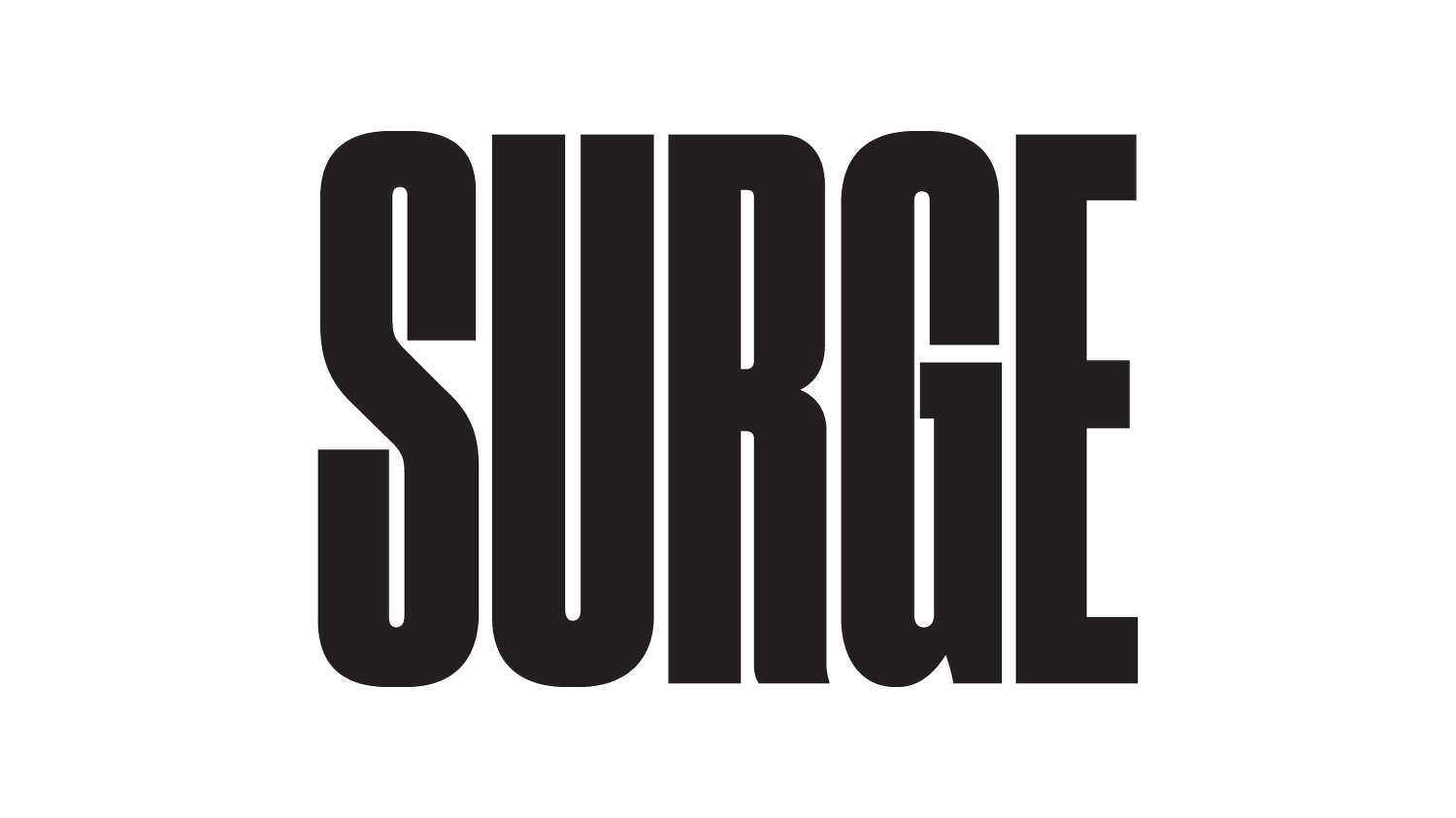The Queen’s Guard hats are a cruel and unjustifiable tradition
As the Queen’s Guard caps once again come under scrutiny, we take a look at the brutal reality behind them.
The Queen’s Guard is almost as much of a tourist attraction as the royal family themselves, and their red and black uniforms are often seen as a postcard-perfect snapshot of British tradition.
The uniform has remained mostly unchanged since it was introduced in the 1800s and continues to feature a tall hat made from the fur of Canadian black bears.
Tradition is often used as an argument against the advancement of animal rights - and, as there are few entities more steeped in tradition than the royals, it’s no surprise that these hats continue to be defended and justified.
This week, however, the hats have come under renewed media and public scrutiny. Animal rights organisation PETA teamed up with luxury faux fur company ECOPEL to create a world-first fake bear fur hat, which is high-quality, humane and pretty much indistinguishable from the original. They have offered to replace the original with their version free of charge, but it remains to be seen if the Ministry of Defence will agree to their terms.
Despite the overwhelming sentiment of this country as being against fur - and the government making (alleged) steps to ban the sale of it in the UK - the MoD spent tens of thousands of pounds on the Queen’s Guard caps in March of this year.
But with this latest example of a viable and cruelty-free alternative, coupled with the fact that the fur on the hats doesn’t seem to serve any tangible purpose in the first place, the government will find it increasingly difficult to justify their continued use.
When were the Queen’s Guard caps introduced?
The hats were created after the British Army defeated Napoleon at the Battle of Waterloo in 1815. It was thought that the 19-inch tall caps would make soldiers look taller and more intimidating to their enemies. To commemorate their war victory, the hats were introduced to the soldiers guarding royal residences, where they continue to be used today.
Never miss an article
Stay up-to-date with the weekly Surge newsletter to never miss an article, media production or investigation. We respect your privacy.
Where does the Queen’s Guard cap fur come from?
The hats, which are around £650 each and have cost the tax-payer £1 million in the last seven years, are made from the fur of Canadian black bears. The use of this fur is justified by some on the grounds that they are taken from ‘culled’ animals - who were supposedly killed to control their numbers - but the bears inevitably suffer horrific deaths.
The animals are mostly shot or ensnared in painful traps, where they are often left for days to suffer. Around one in seven bears will survive being shot, meaning they will escape and be left in agony before slowly dying. Bears killed in these culls will also often leave behind cubs, who die as a result of having no mother to take care of them.
Why does the Ministry of Defence still use real fur?
The Ministry of Defence continues to justify public spending on real fur hats on the basis that they are of alleged better quality than fake counterparts.
It has been reported that faux fur caps trialled in 2014 became ‘waterlogged’ and lost their shape, meaning that real fur is deemed to be necessary on the basis of its supposed superior durability.
The new versions being offered up by PETA have been subject to a Ministry of Defence (MoD) copyrighted test, which have proved them to be 100 per cent waterproof. It has also been confirmed that the fur on the ECOPEL caps is the exact same length as its real counterpart.
But even if there wasn’t a viable alternative, that wouldn’t mean that continued public spending on this brutality could be justified. These hats don’t serve any contemporary military purpose at all, meaning - aside from their historical and subjective aesthetic appeal - there’s arguably no substantial reason for the fur hats’ existence in the first place.
In a country whose disapproval of fur is by no means limited to vegans and animal rights advocates, the use of a cheaper and more publicly-accepted alternative should seem like the obvious route for the government to take. In August of this year, 100 MPs from across the political spectrum demanded a ban on fur sales in the UK, but it remains to be seen if the government will put a stop to this horrific tradition.
HAVE YOUR SAY
Tell the UK government that it is time to debate the use of bear fur caps by the Ministry of Defence by signing PETA’s petition:
“It is unconscionable to continue to spend taxpayers’ money (£1 million in the last seven years) on a product that 93 per cent of British people refuse to wear. The MoD is not exempt from the ethical standards of the rest of society. For this national symbol to endure in a way that embodies modern society, it must be replaced with faux fur.”
The petition needs 100,000 signatures before the issue can be considered for debate in parliament, and has until July 6, 2022, to meet that target.
Polly Foreman is a writer and digital journalist based in London. Since going vegan in 2014, Polly has stood firmly against all forms of animal oppression and exploitation. She is passionate about tackling misconceptions of veganism and challenging accepted norms about the way we use animals in this country.
Your support makes a huge difference to us. Supporting Surge with a monthly or one-off donation enables us to continue our work to end all animal oppression.
LATEST ARTICLES

